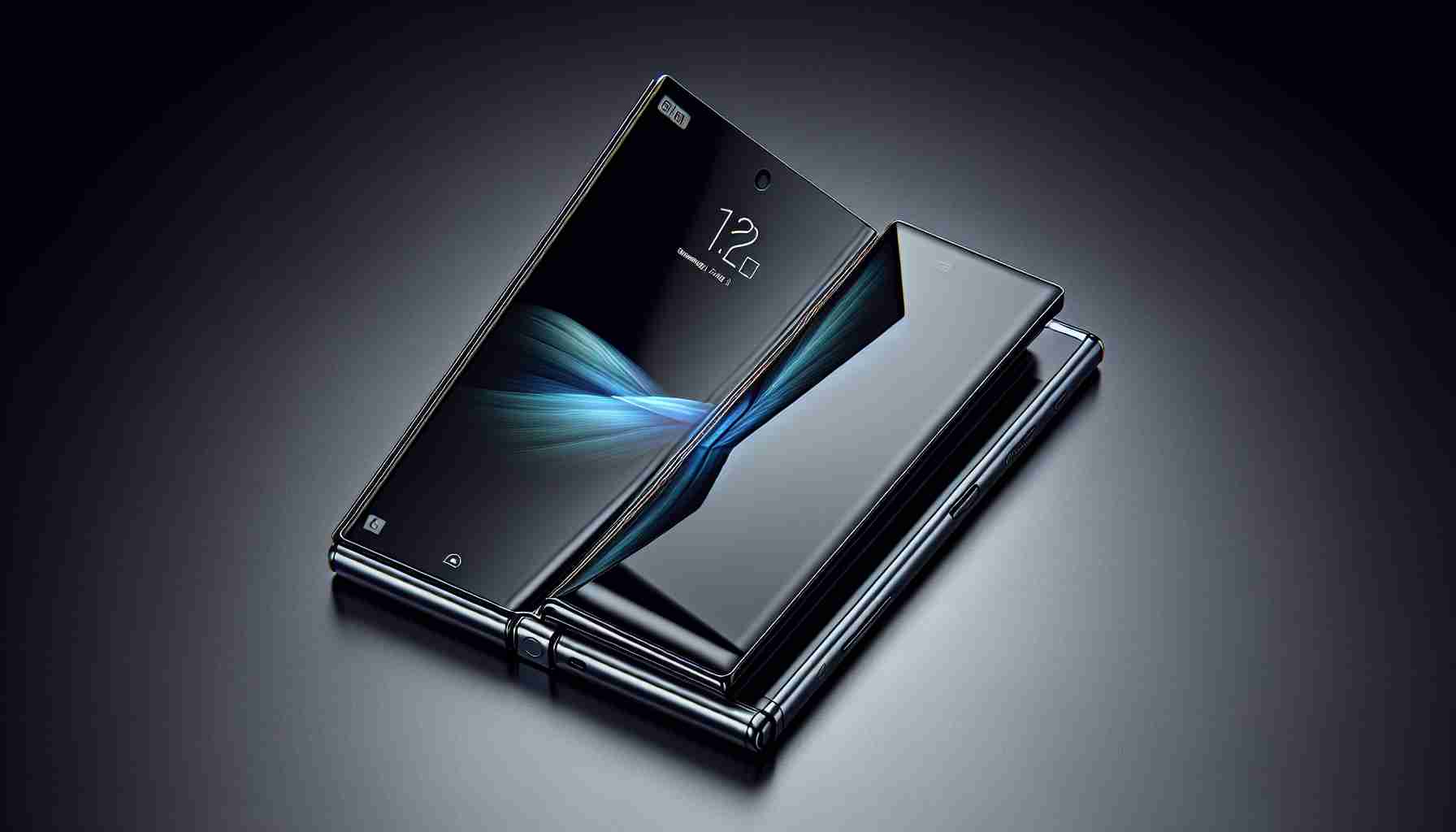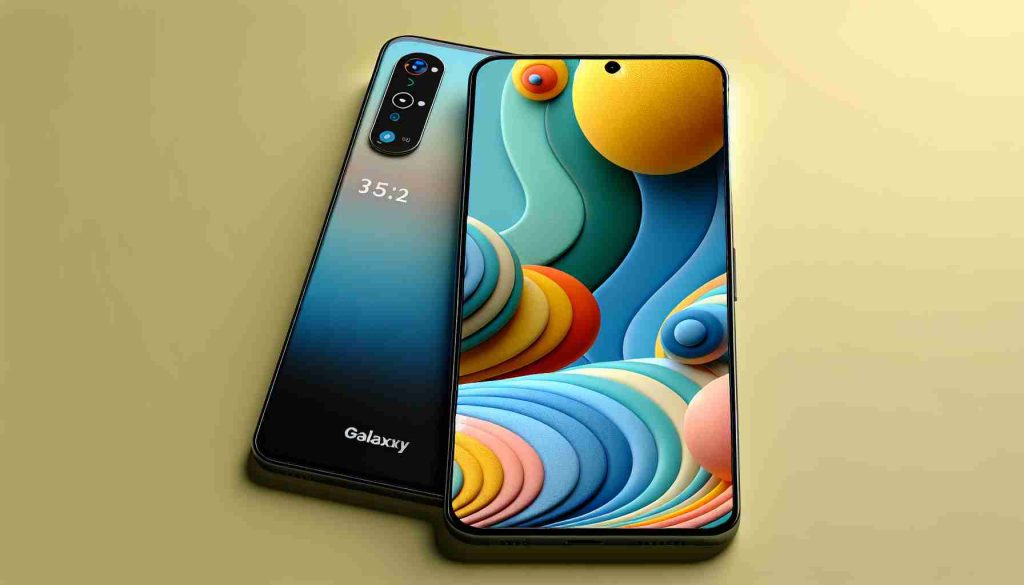The world of smartphones is evolving rapidly, with companies continuously pushing the boundaries of design and functionality. Recently, Huawei has introduced a groundbreaking concept in the foldable smartphone market. Their latest device features a unique tri-fold design, resulting in an impressive maximum thickness of just 3.6 mm when fully unfolded.
The Honor Magic V3, another exciting entrant in this category, combines style with practicality. When folded, it measures 9.2 mm thick, making it relatively comparable to standard smartphones. For instance, the well-known iPhone 16 Pro Max has a thickness of 8.25 mm, illustrating the competitive nature of modern device designs.
This innovative approach not only emphasizes thinness but also enhances the overall user experience. By offering a device that can showcase a larger display while remaining lightweight and sleek, manufacturers are responding to consumer demands for versatility without compromising portability.
The advancements in foldable technology signal a promising future, setting the stage for devices that blend functionality with cutting-edge design. As competitors vie for market share, we can expect to see even more refined iterations of these foldable smartphones, showcasing the imaginative potential of the smartphone industry. Each innovative device will likely reshape our interactions with technology, providing users with options that are not only practical but also aesthetically pleasing.
Innovative Design: A New Era in Foldable Smartphones
The rise of foldable smartphones marks a significant turn in mobile technology, redefining how consumers interact with their devices. While recent advancements from companies like Huawei and Honor have drawn attention, several other facets of this innovative design paradigm deserve exploration.
What are the Major Manufacturers in the Foldable Smartphone Market?
Apart from Huawei and Honor, key players include Samsung, which launched the Galaxy Z Fold series, and recent entrants such as Oppo and Xiaomi. Each has contributed unique designs and features that elevate user experience, with manufacturers continuously striving to innovate and differentiate themselves in a growing competitive landscape.
What Are the Key Technologies Behind Foldable Smartphones?
Recent advancements utilize flexible OLED displays allowing for seamless bending without compromising image quality. Furthermore, improved hinge mechanisms ensure durability and longevity, addressing earlier concerns about reliability. This not only optimizes the foldable experience but also enhances the overall aesthetics by minimizing visible creases when the device is opened.
Key Challenges and Controversies
Foldable smartphones face several challenges. One significant concern is their durability. While manufacturers have made strides in creating robust foldable mechanisms, questions around how these devices withstand daily wear and tear persist. Additionally, the price point remains an issue; foldable smartphones are generally more expensive than traditional models, which can limit market appeal and accessibility.
Another challenge lies in app optimization. Not all applications are designed to adapt to different screen sizes and orientations, potentially frustrating users who expect a seamless experience across all interfaces. This inconsistency can hinder broader adoption among consumers and developers alike.
Advantages and Disadvantages
The advantages of foldable smartphones are clear: they combine the functionality of a tablet with the portability of a smartphone, offering users a larger screen for media consumption, multitasking, and productivity. The innovative design allows for a compact device that can fit comfortably in pockets while providing a versatile usage experience.
On the downside, foldable smartphones often come with a higher price tag, which may deter budget-conscious consumers. Additionally, the technology is still evolving, and some users might experience issues such as screen durability or software glitches—a potential turn-off for tech-savvy individuals looking for reliability.
Conclusion
As we stand on the brink of a new era in mobile technology, foldable smartphones are poised to revolutionize interactions with personal devices. Continued innovation, from design improvements to app development, will be essential in overcoming challenges and ensuring these devices meet consumer expectations. The unfolding story of foldable smartphones promises an exciting future in the evolution of technology.
For more information, visit:
Samsung
Huawei
Honor
Xiaomi
Oppo























